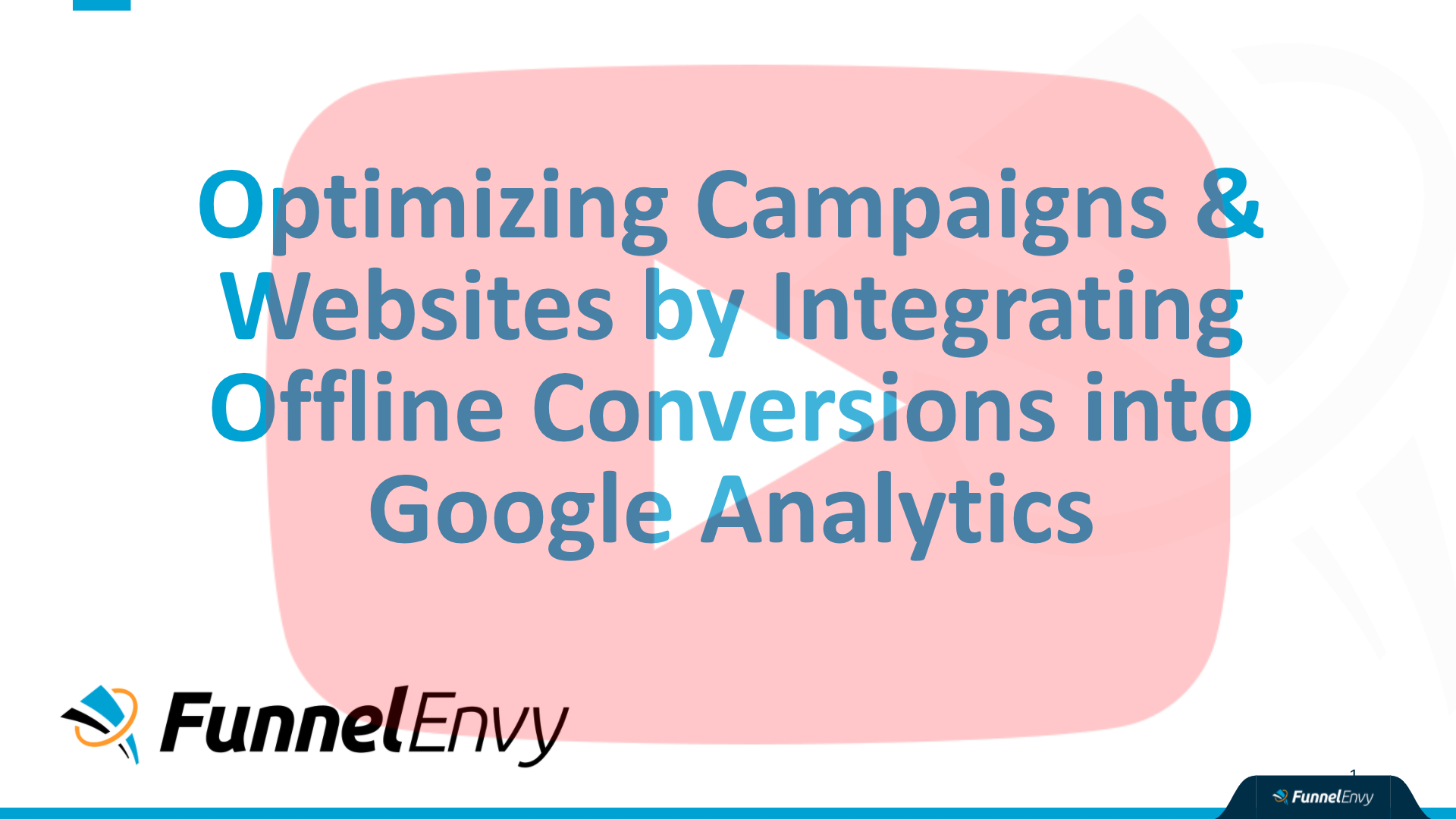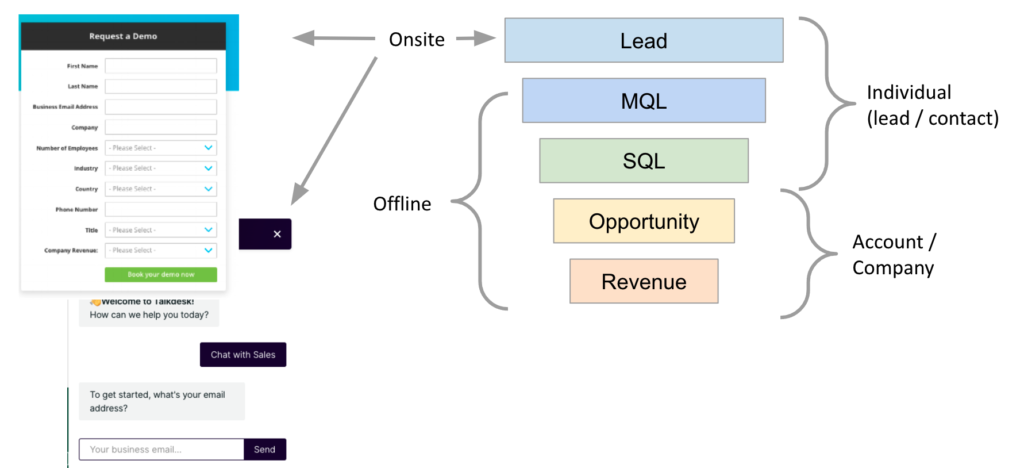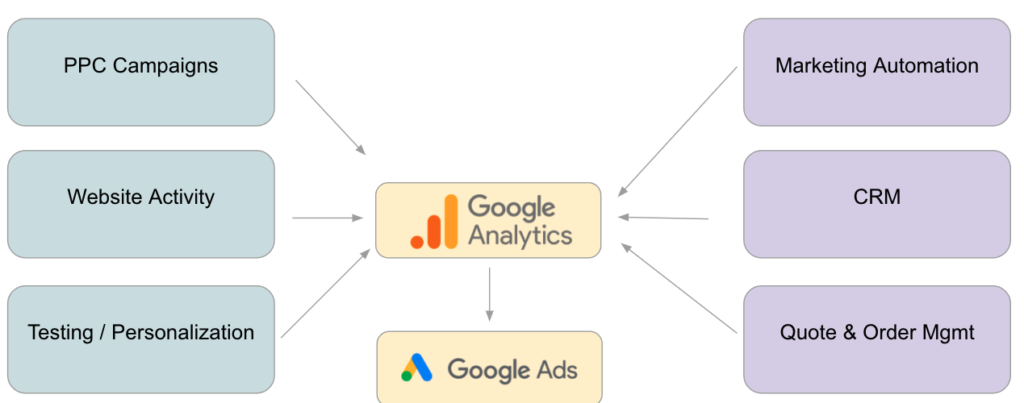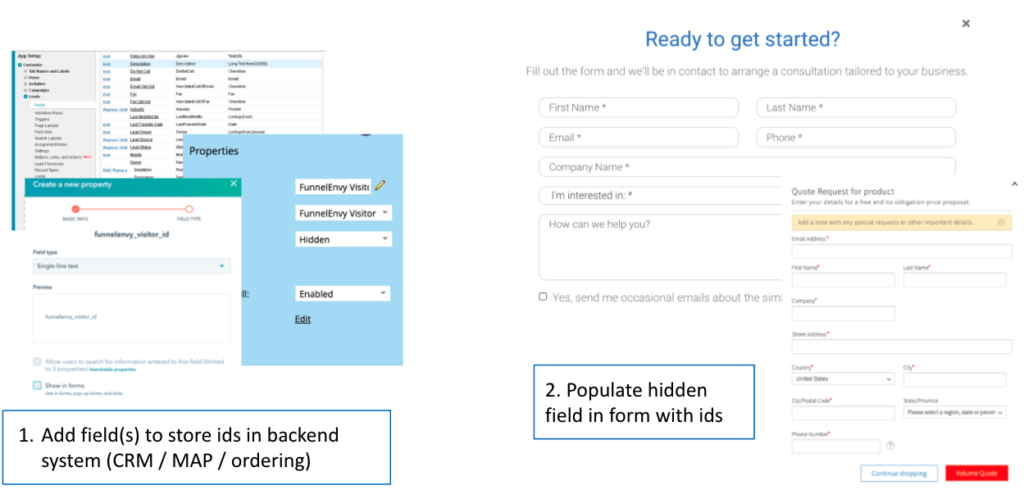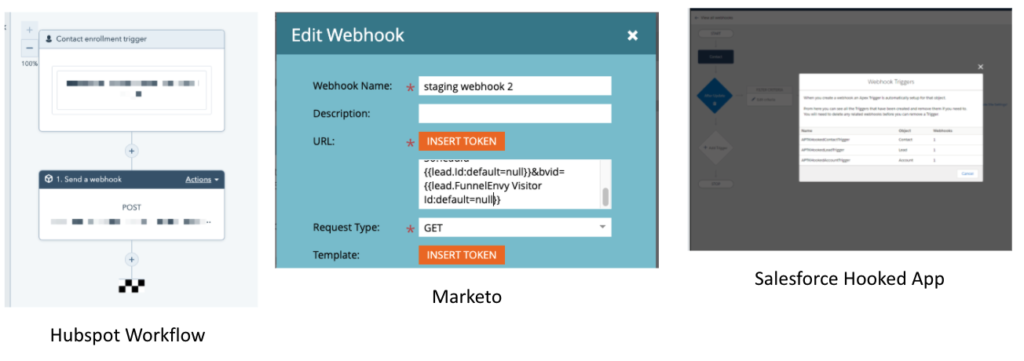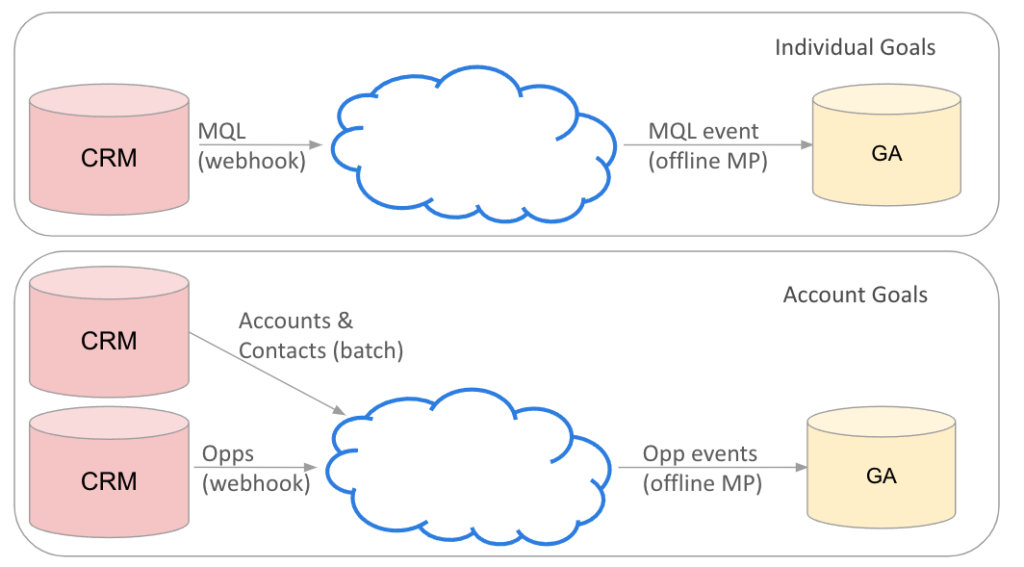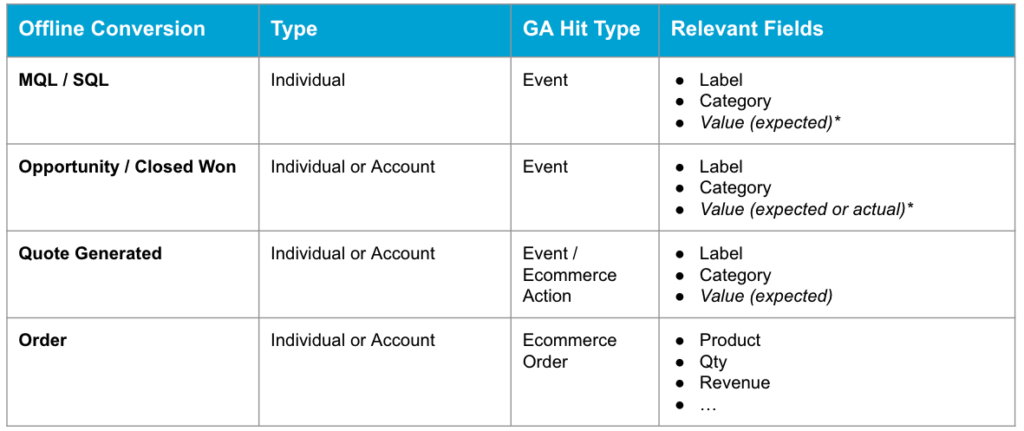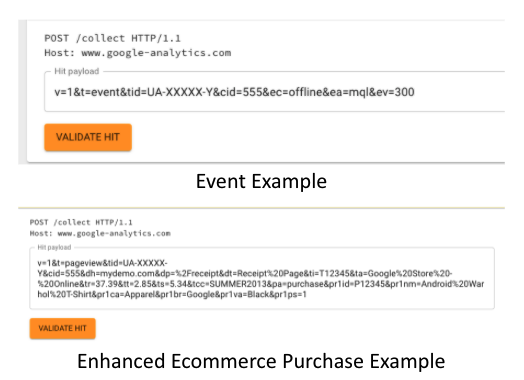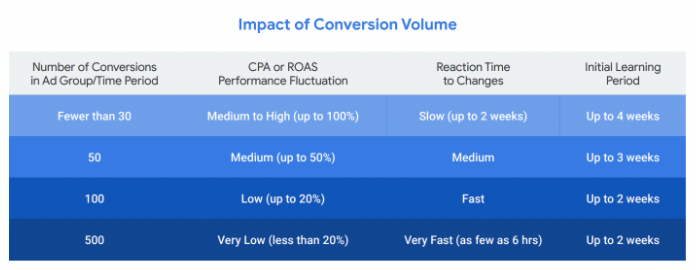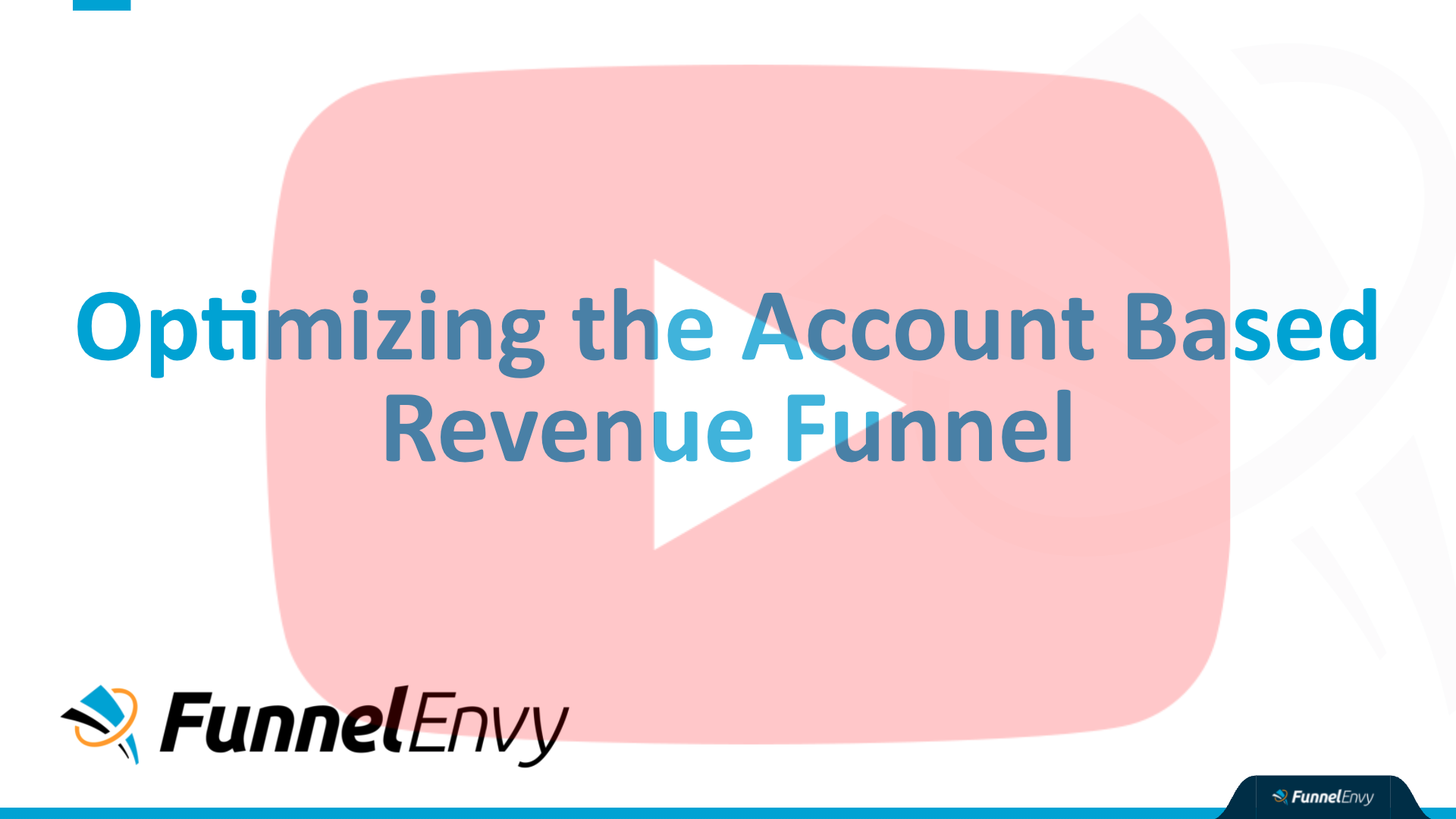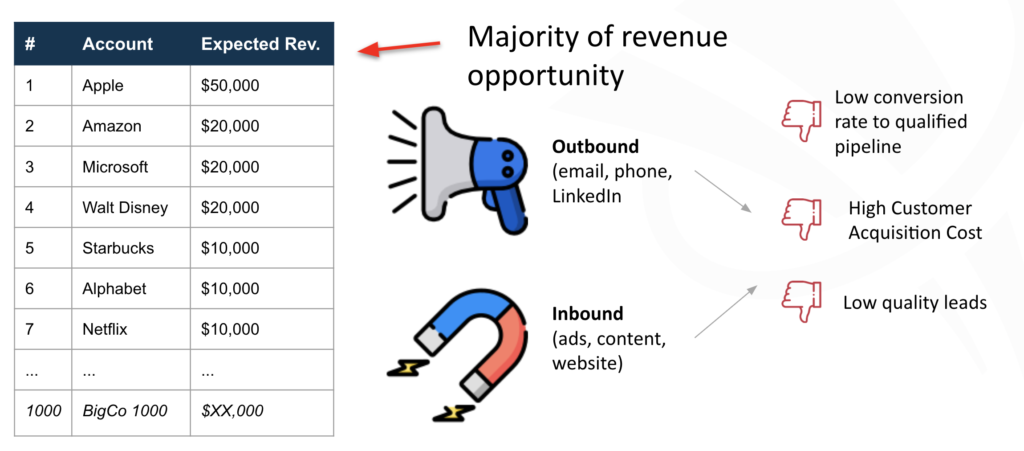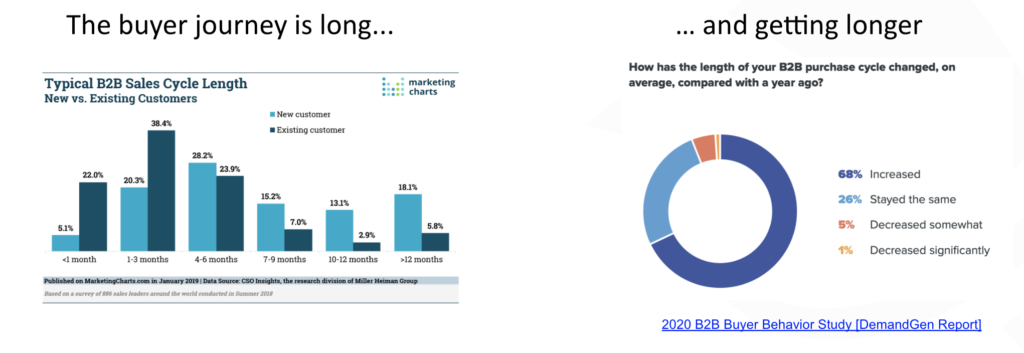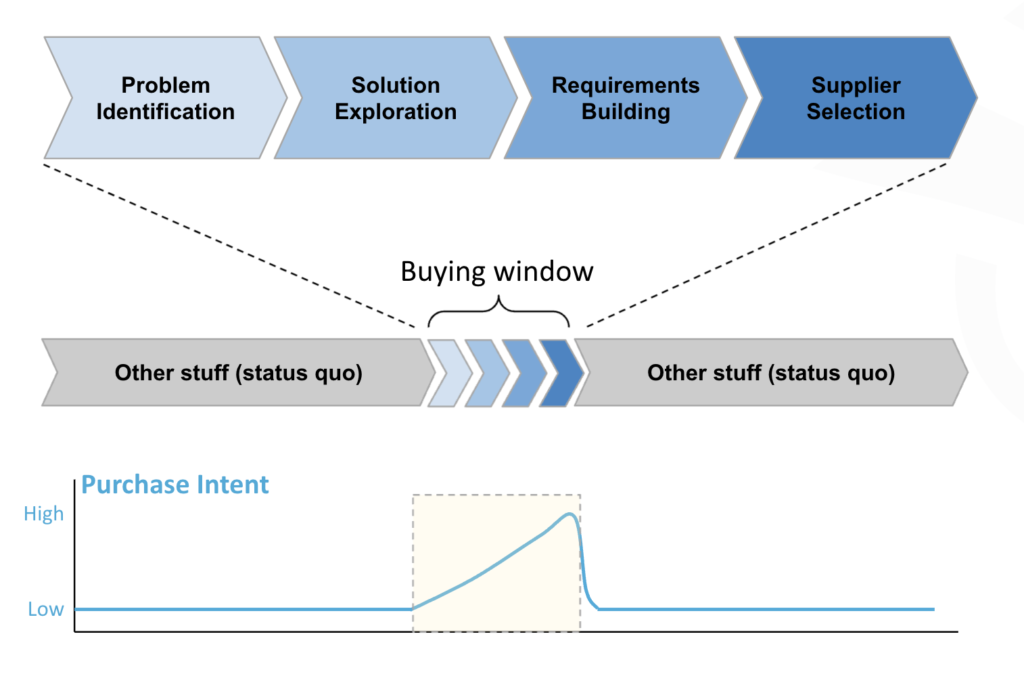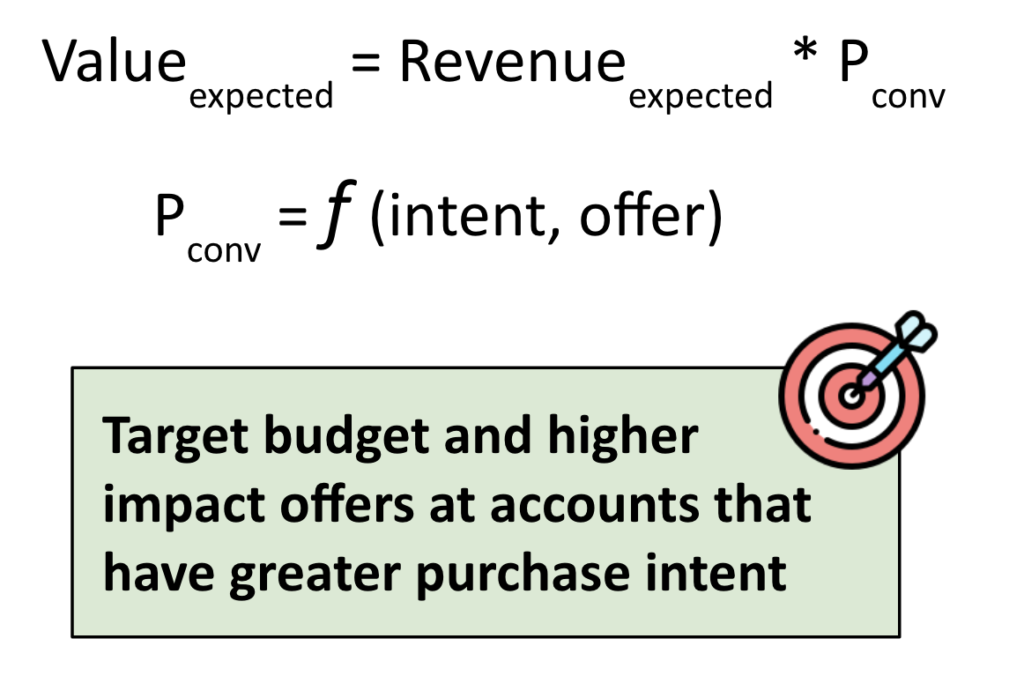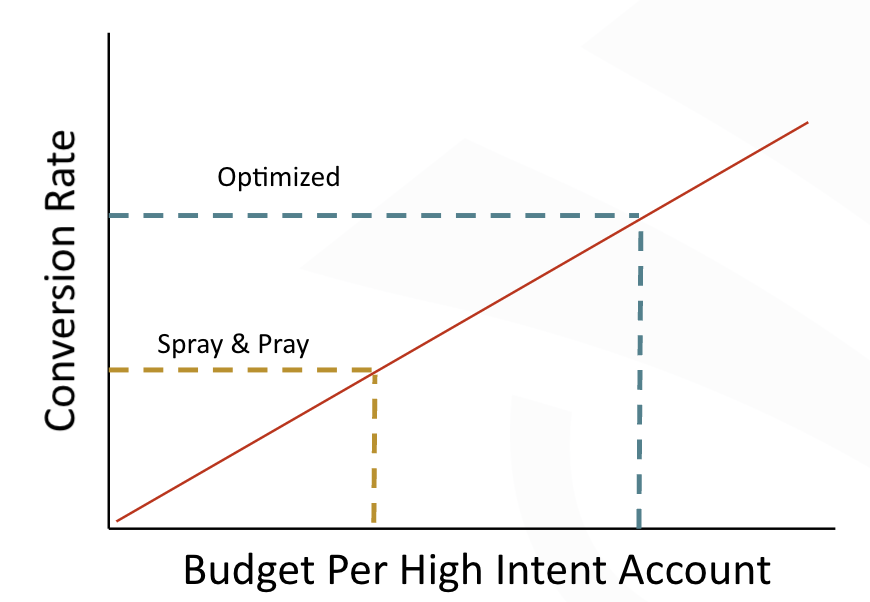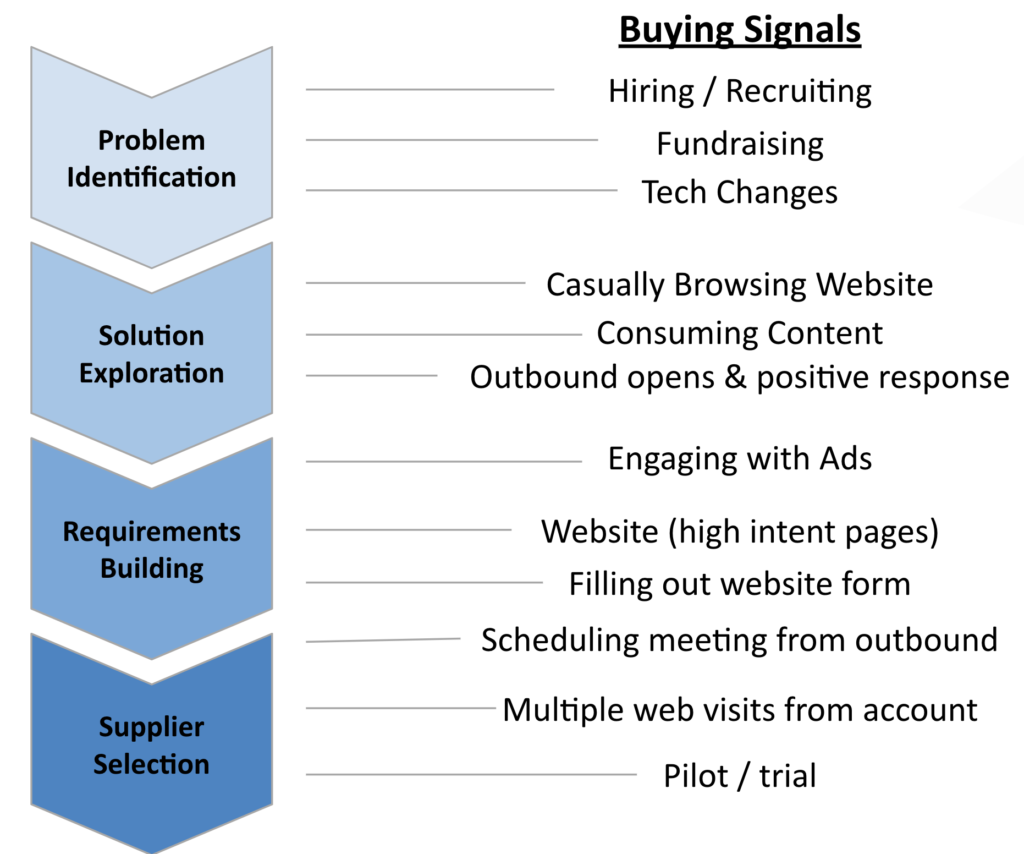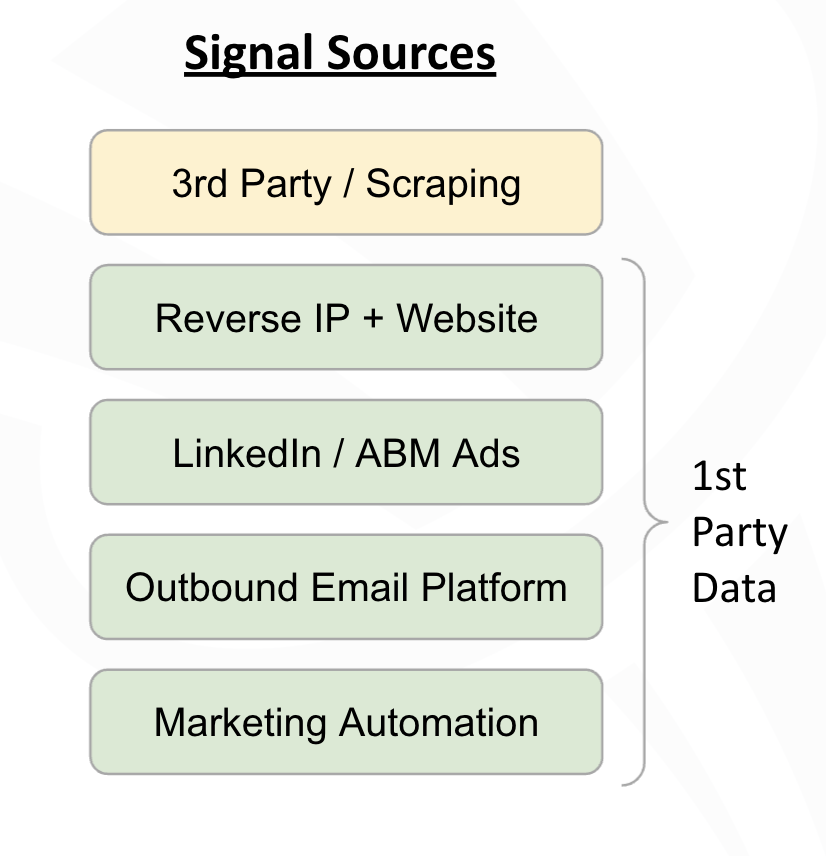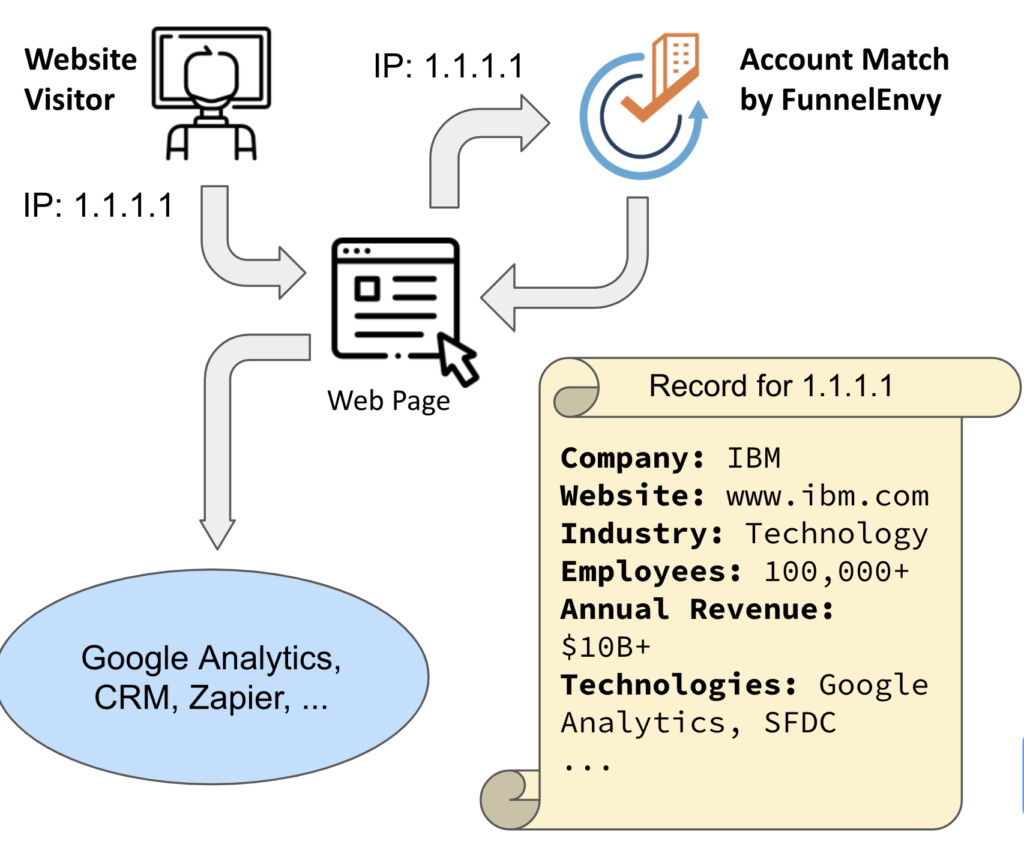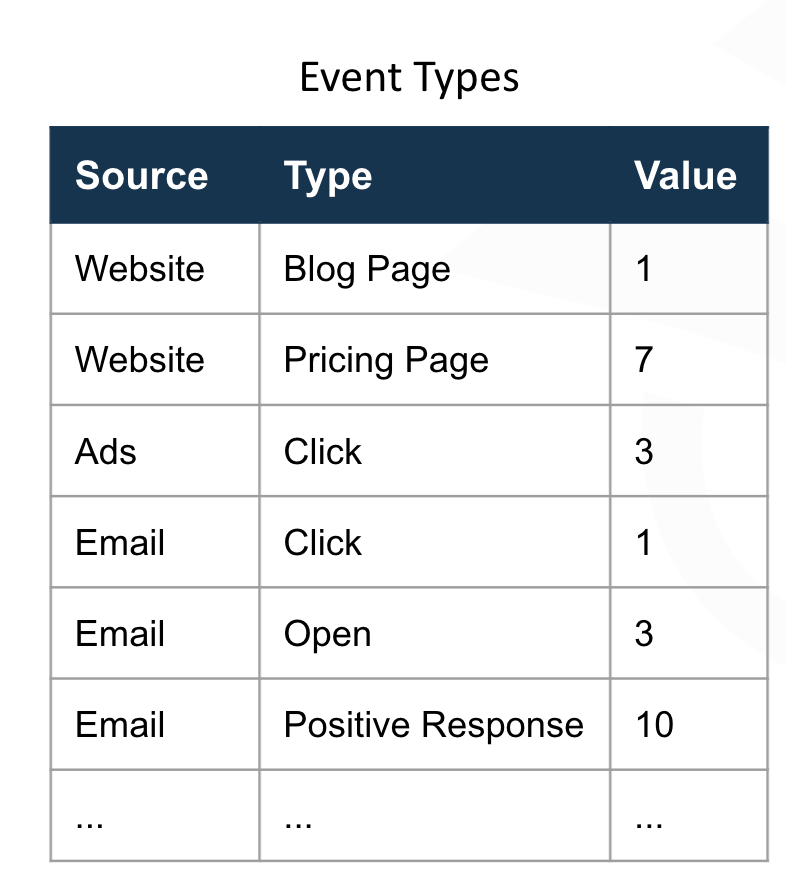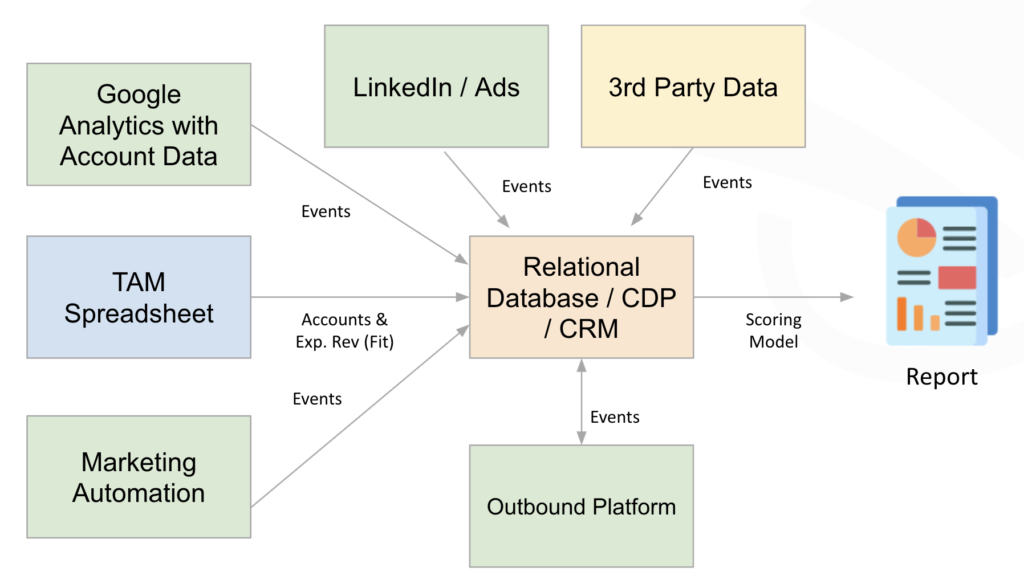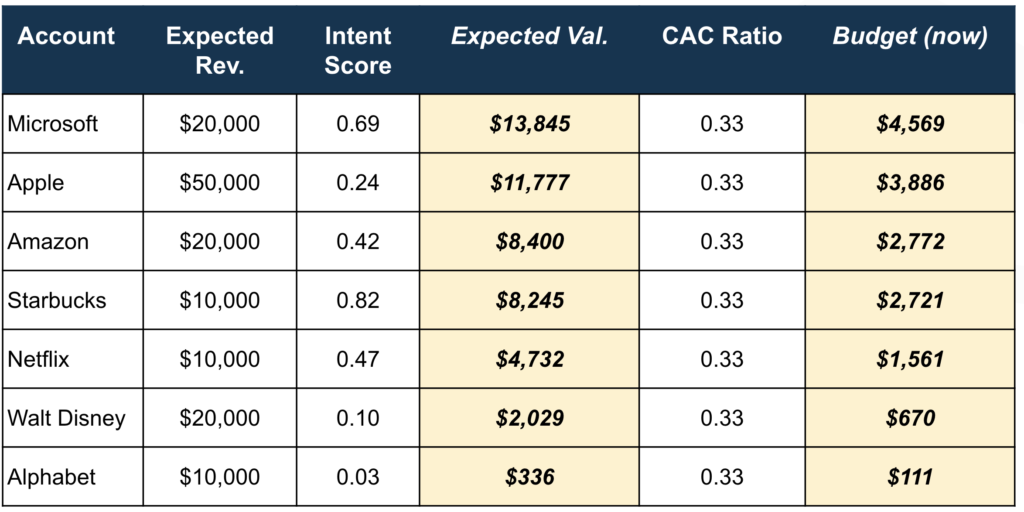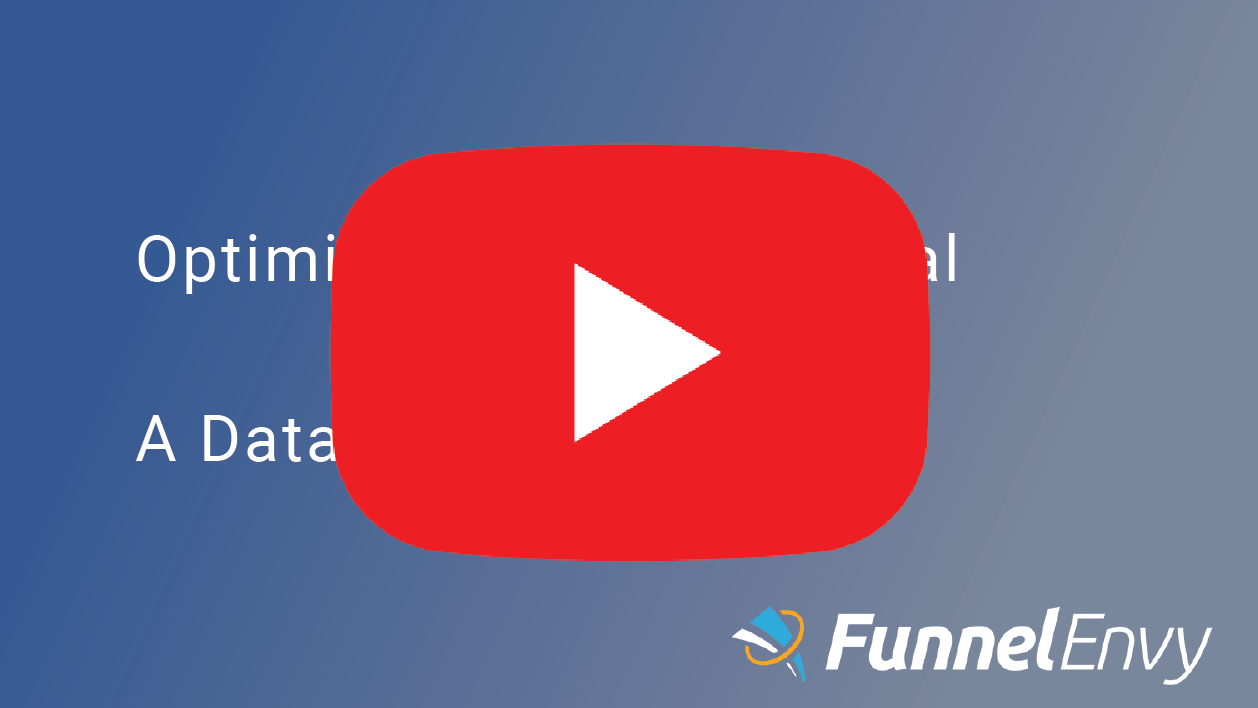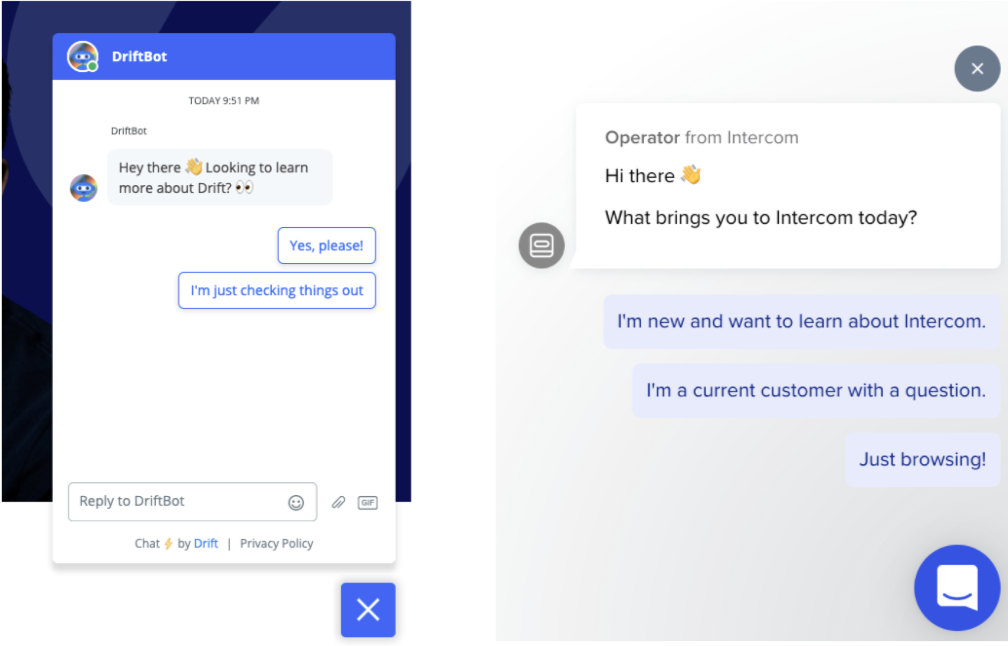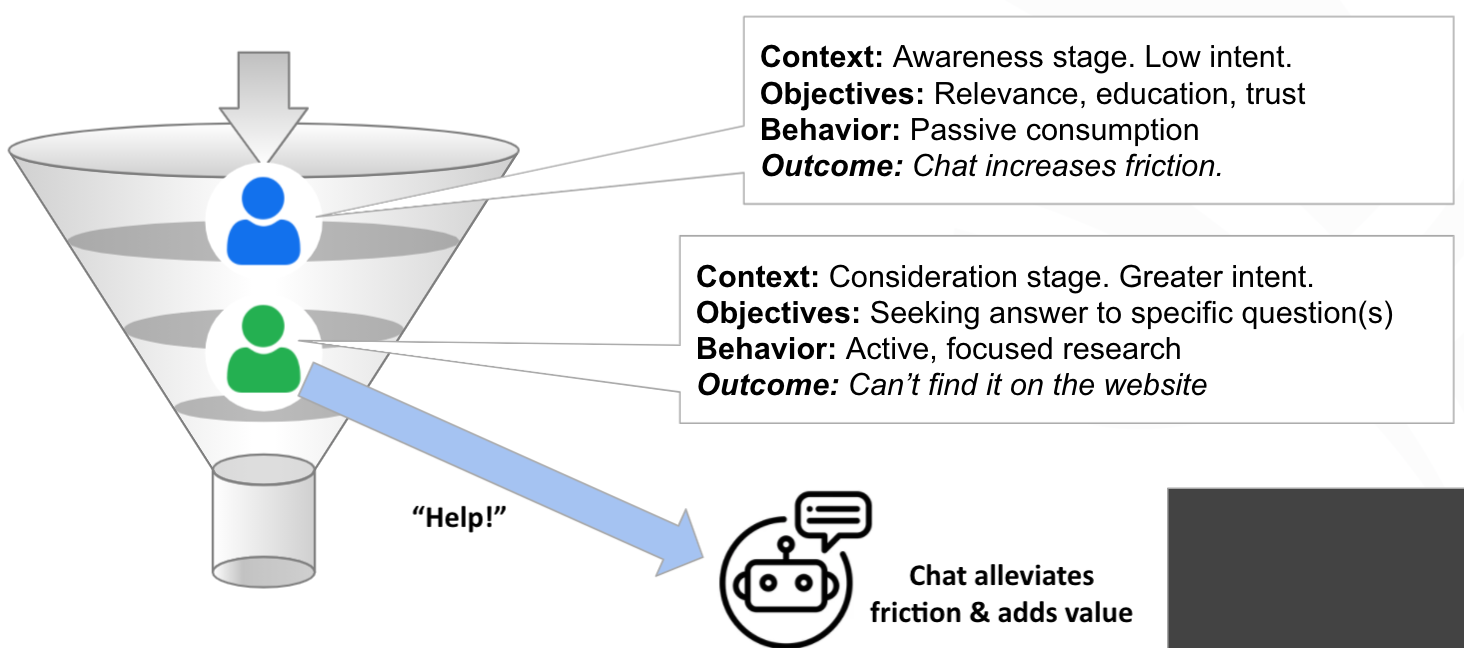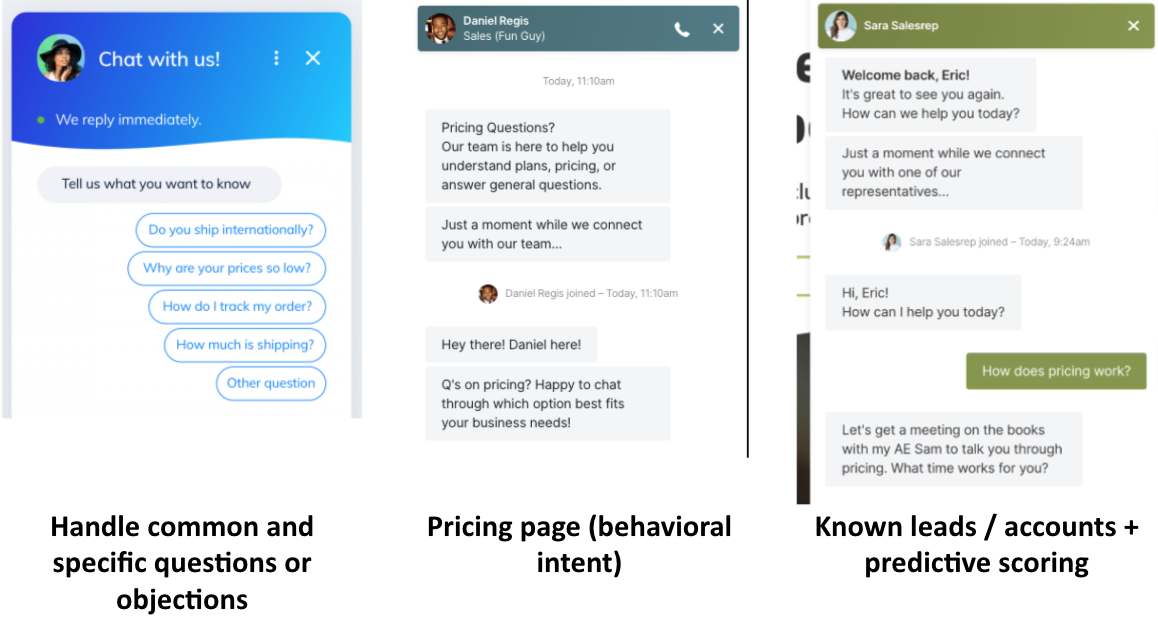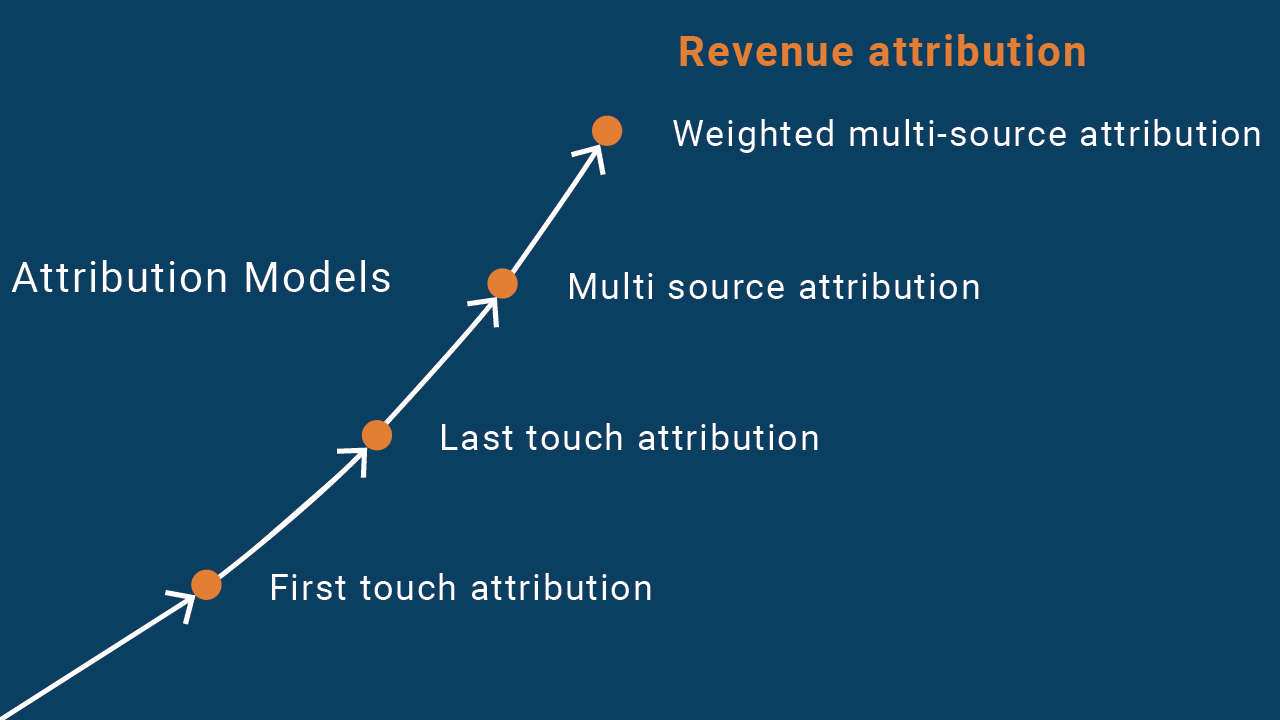Forest for the Trees: How to Fix a Stagnant B2B Funnel
Have you seen the lines at the grocery store self-checkout, even when the checkout lanes with human sales associates are available? Today’s customers want a fast, friction-free, DIY sales experience.
Studies from top-tier management consultants tell us the same dynamic exists with online B2B sales today. Customers want a smooth, simple, primarily DIY sales experience.
Now more than ever, a healthy marketing funnel is your sales engine. But what happens when that flow stagnates and leads diminish? That’s the telltale sign of a stagnant B2B funnel.
The challenge for marketing teams is that it can be hard to see the forest for the trees—there are so many potential details to check that it’s difficult to diagnose the entire funnel efficiently.
The good news is that once you identify the problem, you can tweak, test, and improve results. Let’s look at some background, common symptoms, and solutions. We’ll also look at the best diagnostic tool for a stagnant funnel—the funnel audit.
Warning Signs: Is Your B2B Funnel Stalled?
Ignoring a stagnant funnel is like treating a leaky boat with a bucket – you’ll constantly be playing catch-up. Here are some red flags that indicate it’s time for a comprehensive funnel audit:
- Stalled lead gen and conversions
- High abandonment rates
- Inconsistent data and feedback
These are just a few warning signs. Let’s look at some common reasons for funnel traffic stagnates and possible solutions.
5 Friction Points on Your Website Sabotaging Your B2B Funnel
A well-designed B2B marketing and sales funnel should feel seamless to potential customers at every touch point toward a purchase. Perhaps one of the most famous examples from the pre-internet brick-and-mortar era was people lining up for the latest iPhone release.
While that kind of demand can be hard to replicate, we can at least work to eliminate as much friction as possible in our website experience. Website friction acts like unexpected roadblocks, and visitors have very little patience for frustrating experiences on websites; they are quick to abandon the journey altogether.
The other insight we have that Apple didn’t back in the day is granular data about customer behavior on the website. A data-driven funnel audit can pinpoint the exact areas of friction on your website and provide actionable recommendations for optimization. Here are the most common metrics that digital marketers track:
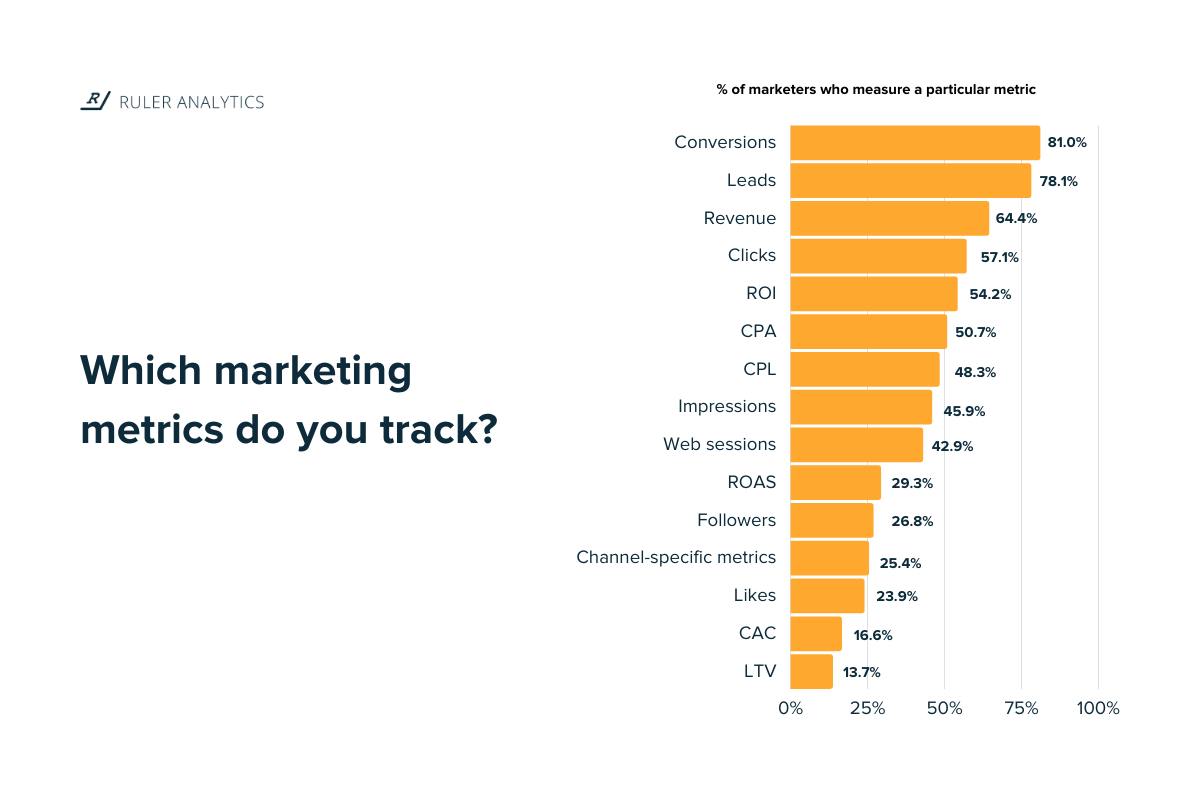
Let’s explore five common sources of friction that can disrupt your B2B funnel and how to eliminate them for a seamless customer experience:
Unclear Value Proposition
Visitors arrive on your website only to be bombarded with text and information that still leaves them unsure of how your product solves their problem. A confusing or missing value proposition creates friction right from the start.
Solution: Craft a concise, impactful value proposition that speaks directly to your target audience’s pain points. Use clear headlines, benefit-driven messaging, and visuals that instantly communicate the value you offer.
Confusing Navigation and CTAs
Imagine driving on a highway with missing signs. A website with unclear navigation and confusing CTAs creates a similar experience, leaving visitors lost, unsure of where to go next, and making a beeline for the “click away” exit ramp.
Solution: Simplify your website’s structure and navigation. Clear menus and subcategories should guide visitors intuitively. Use strong, action-oriented CTAs that tell visitors exactly what to do next, whether it’s “Download Our Whitepaper,” “Schedule a Demo,” or “Contact Us Today.”
Slow Loading Times and Technical Issues
Nobody enjoys waiting in traffic. Similarly, slow loading times and technical glitches frustrate visitors and erode trust. This impatience can lead to them abandoning their journey.
Solution: Optimize your website for speed. Compress images, minify code, and consider a reliable web hosting provider to ensure smooth and fast performance. Implement a standard operating procedure (SOP) to test all website functionalities regularly and promptly address technical issues.
Uninformative or Generic Content
Thin, generic content offers no value to potential customers. It creates friction by failing to educate, engage, or answer their specific questions.
Solution: Invest in high-quality, targeted content. Evergreen content such as blog posts, case studies, white papers, and other resources will personalize your brand, showcase your expertise, and address your ideal customer’s unique needs.
Forms With Excessive Friction Can Lead to a Stagnant B2B Funnel
Filling out lengthy forms filled with unnecessary fields feels like being stuck in crawling traffic at the toll booth. Complex or overly demanding forms deter visitors and prevent them from completing desired actions.
Solution: Streamline your forms, collect only the essential information, use clear and concise language, and consider offering progressive forms that collect information in stages.
Integrating AI
AI can now help personalize the UX with forms on your website. AI can enable dynamic question display, pre-populate fields, conditional branching, and smart error detection and validation.
It’s easy to see how these improvements improve the user experience and enhance customer engagement. Are you unsure how to augment your funnel with AI? We can help you with that. At Funnel Envy, we have the expertise to explain how everything works.
These are just a few examples of possible friction points. By identifying and eliminating problems, you can create a smooth, engaging website experience that keeps visitors flowing seamlessly through your B2B funnel.
Why a B2B Funnel Audit is Crucial for a Stagnant B2B Funnel
Say you go to the doctor because you don’t know what’s wrong, but something just doesn’t feel right. What is the first thing the nurse does? He takes your vitals. The doctor then systematically reviews your symptoms to help rule out some diagnoses and highlight others. In other words, she is performing an audit on your health.
That’s exactly the purpose of a funnel audit—it’s a systematic checkup that helps identify the source of your funnel’s problems.
Many businesses might hesitate to invest in a funnel audit. Here, we’ll address some common objections and demonstrate why an audit is vital for maximizing your B2B sales potential, even if you already have existing solutions.
Myth 1: We already have a dedicated sales team and automation tools.
Reality: Your marketing funnel is meant to support your sales funnel performance by providing marketing-qualified leads (MQLs) and ultimately helping sales reps close deals. An audit is a diagnostic tool that identifies hidden leaks and inefficiencies within your current marketing and sales process.
Myth 2: Our industry is too specific for a generic audit.
Reality: A good funnel audit is tailored to your business. While industry best practices are considered, the audit dives deep into your unique target customer and buying process, ensuring the recommendations are actionable and address your needs directly.
Myth 3: We don’t see the need for an audit – things seem to be running smoothly.
Reality: Like a wellness physical for you, funnel audits are like regular check-ups for your sales engine. They uncover hidden issues before they become major roadblocks – issues you might not even be aware of.
Apart from that, how about incremental improvements? Dissecting the touchpoints in a funnel that “seems to be running smoothly” is a great opportunity to surface small tweaks that can improve conversion results.
Unlocking Growth: How a Marketing Funnel Audit Drives Results
So, how exactly can a B2B funnel audit benefit your business? Here are some key ways it helps you achieve sustainable growth:
Uncover Hidden Leaks: These leaks could be anything from confusing blog CTAs to poorly designed landing pages that deter visitors from signing up for your free trial. The audit identifies these leaks and provides actionable steps to plug them.
Data-Driven Insights: Forget the guesswork. A funnel audit pinpoints where leads are dropping off and identifies the specific funnel stages that need optimization.
Prioritized Action Plan: An audit doesn’t just identify problems—it provides solutions. You’ll receive a prioritized action plan outlining specific steps to optimize your funnel. This plan could include recommendations for improving your email marketing campaigns, refining your social media strategy, or even revamping your website content to convert leads better.
By investing in a B2B marketing funnel audit, you can gain valuable insight into your overall sales engine and unlock the potential for significant growth. With a healthy, optimized funnel, you’ll see increased lead generation, improved conversion rates, and more sales.
Transforming a Stagnant B2B Marketing Funnel into a Robust Sales Engine
Are your funnel results sluggish? Don’t wait for your sales pipeline to suffer. At FunnelEnvy, we’ve packed a decade of experience into our industry-leading funnel audit, which will reveal critical conversion bottlenecks and develop an optimized funnel blueprint in 21 days. Schedule a funnel audit today and turn your funnel around in as little as three weeks.





